contributor
XJerry Takigawa
Photographer and graphic designer Jerry Takigawa has been a social and environmental advocate since 1969. With forty years of practice in photography and design, he believes aesthetics is an essential element in storytelling. Takigawa received a B.F.A., with an emphasis in painting, from San Francisco State University in 1967. He studied photography under Don Worth. While living in the San Francisco Bay Area, he utilized his art and design skills to help develop a pilot VISTA program (Volunteers in Service to America) in Oakland, California. In 1982, he became the first photographer to receive the Imogen Cunningham Award for color photography. Takigawa is a past-president of People in Communications Arts (PiCA), a trustee for the Monterey Museum of Art, and currently serves as President for the Center for Photographic Art (CPA).
Currently, Takigawa is spearheading a shift in the Center for Photographic Arts’ position. This shift can be described as nuturing the personal growth inherent in art making and celebrating the artists’ creative contribution to the community. CPA seeks to instill the importance and awareness of personal development, how it intersects with artistic development in a cyclical fashion and the purpose and importance of art in the social discourse.
His beliefs in the power of visual communication and new ways of thinking are developed in Idea Soup (2009), Many Hats (2011), and Grace in Uncertainty (2013).
Takigawa’s work is in the permanent collection of the San Francisco Museum of Modern Art, the Santa Barbara Museum of Art, the Brooklyn Museum of Art, the Crocker Art Museum in Sacramento, CA, the Library of Congress in Washington, DC, the Monterey Museum of Art, The San Francisco Foundation, the University of Louisville, The Monterey Vineyard, Community Hospital of the Monterey Peninsula, the Imogen Cunningham Trust, and the Monterey Bay Aquarium.
Upcoming solo exhibitions include Green Chalk Contemporary, False Food, Monterey, CA; The Pacific Grove Art Center, Landscapes of Presence, Pacific Grove CA; and The Griffin Museum of Photography, False Food, Winchester MA in 2015.
False Food: A Metaphor for Survival
The volunteer from the Monterey Bay Aquarium held up a jar for the television audience to see. The jar was filled with colorful pieces of plastic collected from the belly of a dead albatross on Midway Atoll. Mistaking plastic debris for food in the Pacific Gyre has become a common occurrence, resulting in the death of countless albatross each year. Deceived by “empty calories,” the adult albatross feed their chicks harmful plastic, resulting in the same fatal outcome.
When it comes to plastic, the biggest “landfill” isn’t on land but in our oceans—and if our oceans are in trouble, we’re in trouble. Gyres of plastic dangerously impact the food chain. Unlike organic debris, plastic does not biodegrade. It eventually degrades into smaller and smaller particles until it becomes a soup of molecular plastic. At this size, these molecules enter the food chain and we inadvertently become the albatross. We live in a disposable consumer society. What we throw away we ultimately consume.
In western society, we tend to mistake the excessive consumption of material goods for sustenance. Plastic is often designed for “single-use,” but, by nature, every molecule ever developed is still with us today. My intent as a photographer is for my work to be engaging and nourishing. My goal is to inspire viewers to look more deeply. A good photograph can compel the viewer to want to know the narrative. Negative images can cause people to feel helpless and overwhelmed; responding from the reptilian brain, where clear and ethical thinking is not possible. In contrast, I believe aesthetics allows the viewer to become engaged with the narrative.
How can we learn to live with chaos and turn it into something beautiful, sustainable, and nourishing? This is a query worth resolution. The transformation of plastic waste in False Food is not only an act of defiance; it’s an act of inspiration. If we want to change what we recoil from, we must consider the consciousness that has created what we see. False Food seeks to redeem hope, beauty, and nourishment.
Special thanks to the Monterey Bay Aquarium for generously providing the plastic artifacts used in making these images.
location
X- Born: Chicago, IL, USA
- Based: Carmel Valley, CA, USA
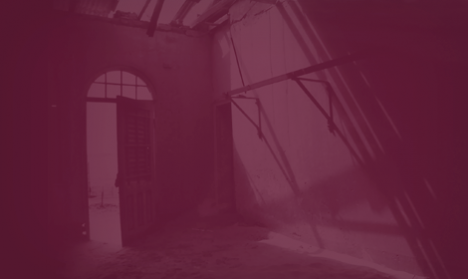

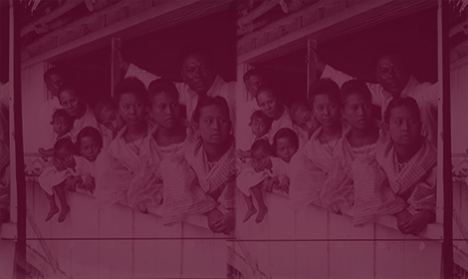
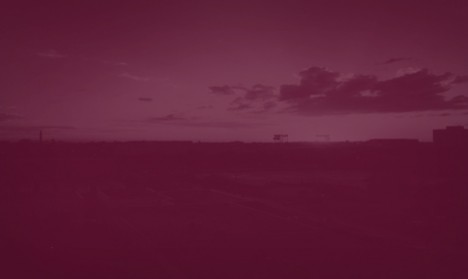
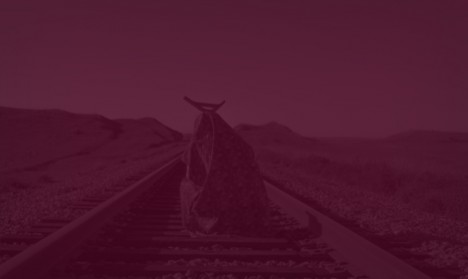
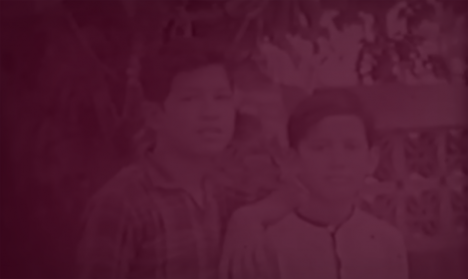
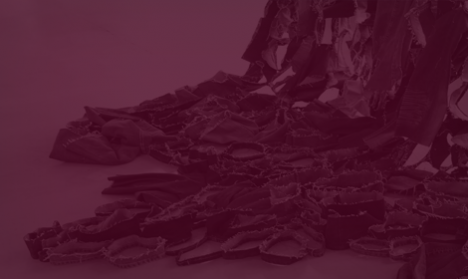
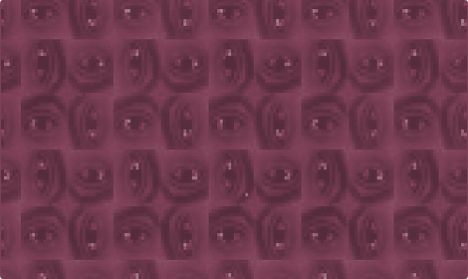
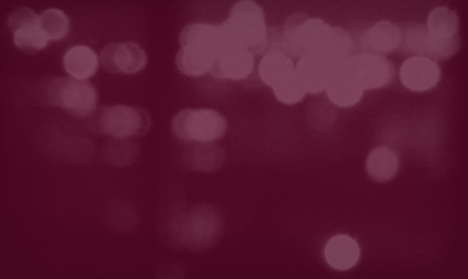
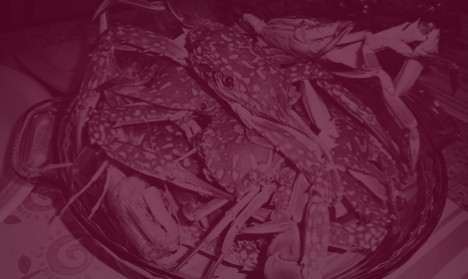
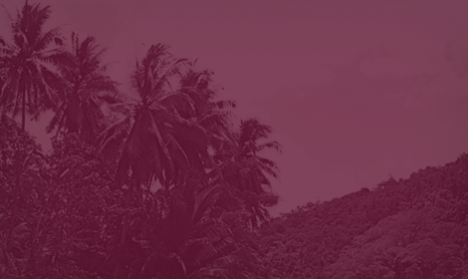
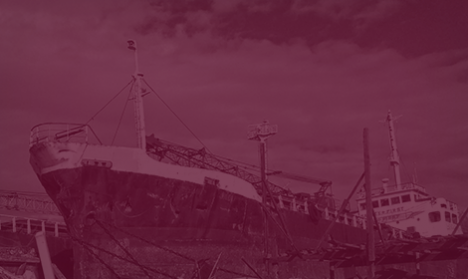
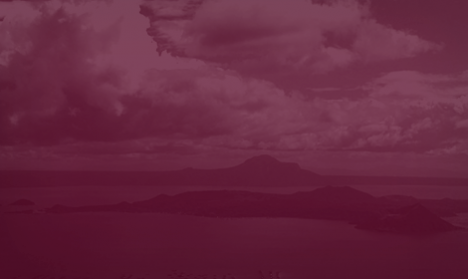
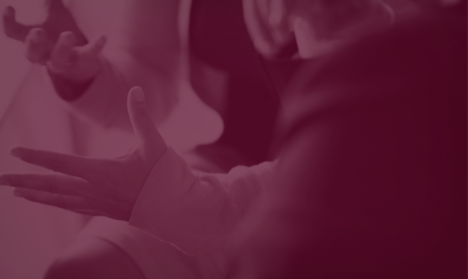
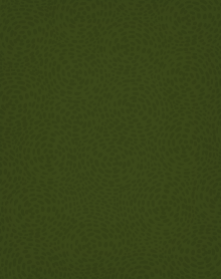
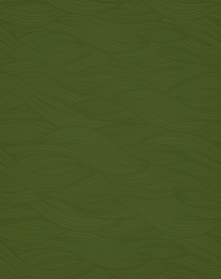
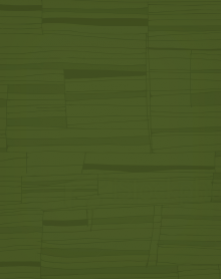
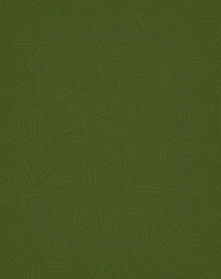

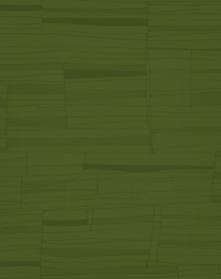




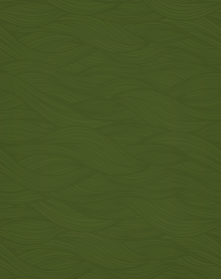
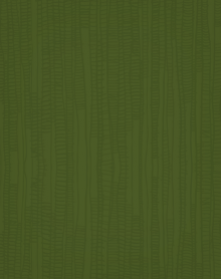


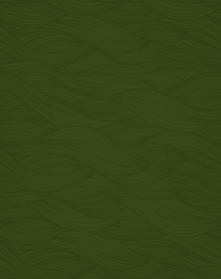
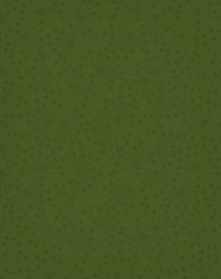
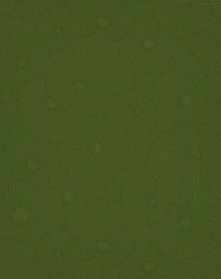


.jpg)
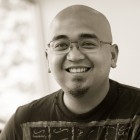
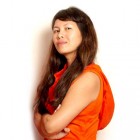

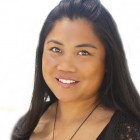
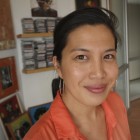
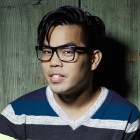
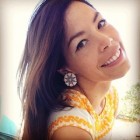

.jpg)
.jpg)
.jpg)

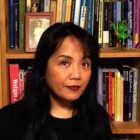

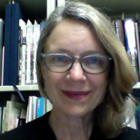
.jpg)



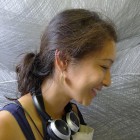

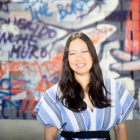
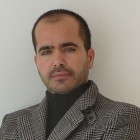
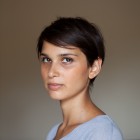
.jpg)
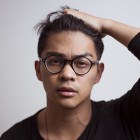
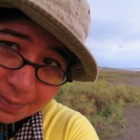
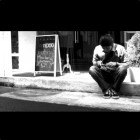

.jpg)


.jpg)
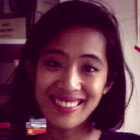
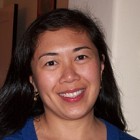
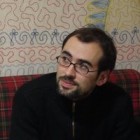
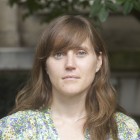
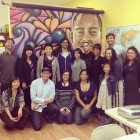

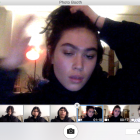
_Cropped.jpg)
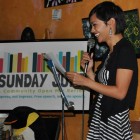
.jpg)
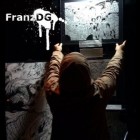
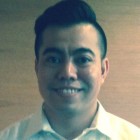
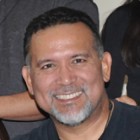
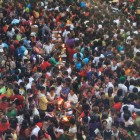

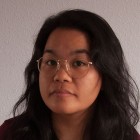

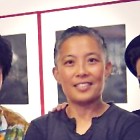
.jpg)
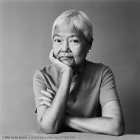
.jpg)


.jpg)
.jpg)
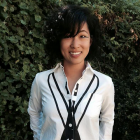


.jpg)
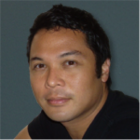

.jpg)
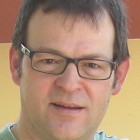

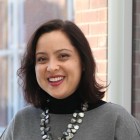

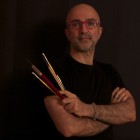

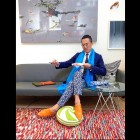
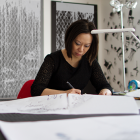
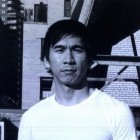
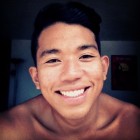
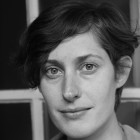
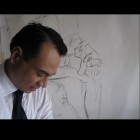
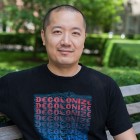
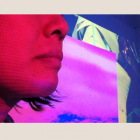
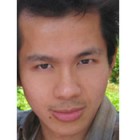
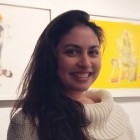
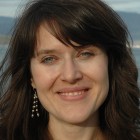
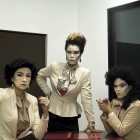
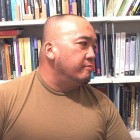
.jpg)
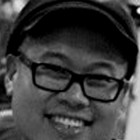


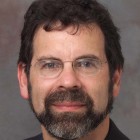
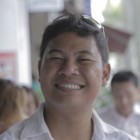

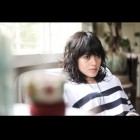
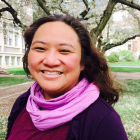
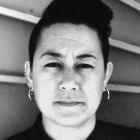
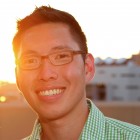


.png)
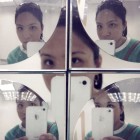

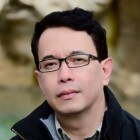
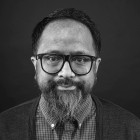
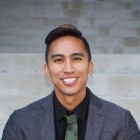
.jpg)

.jpg)
.jpg)
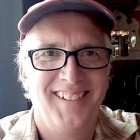
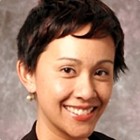
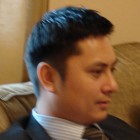
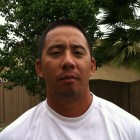
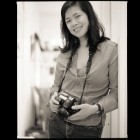
.jpg)
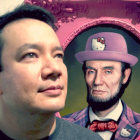
.jpg)
.jpg)
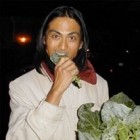
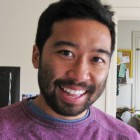

.jpg)
.jpg)
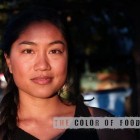

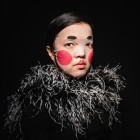
.jpg)
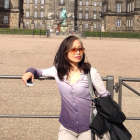
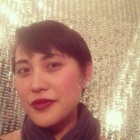
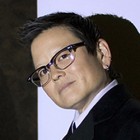
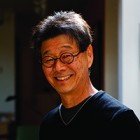

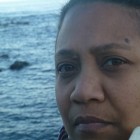
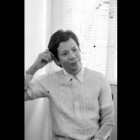
.jpg)

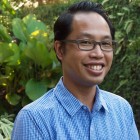
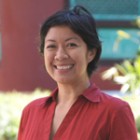

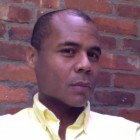
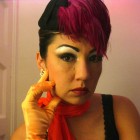
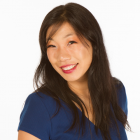
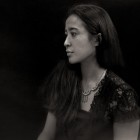

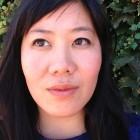

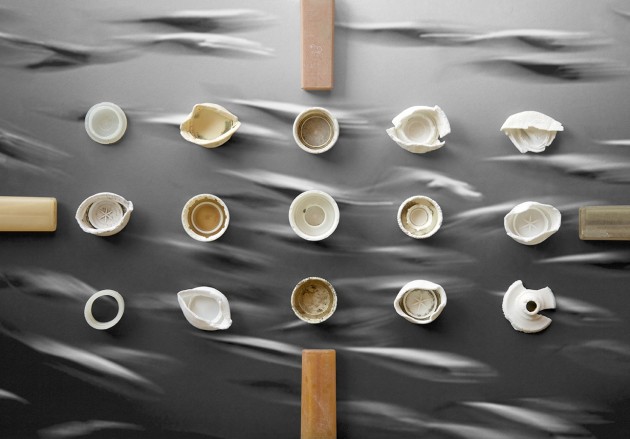

comments
X